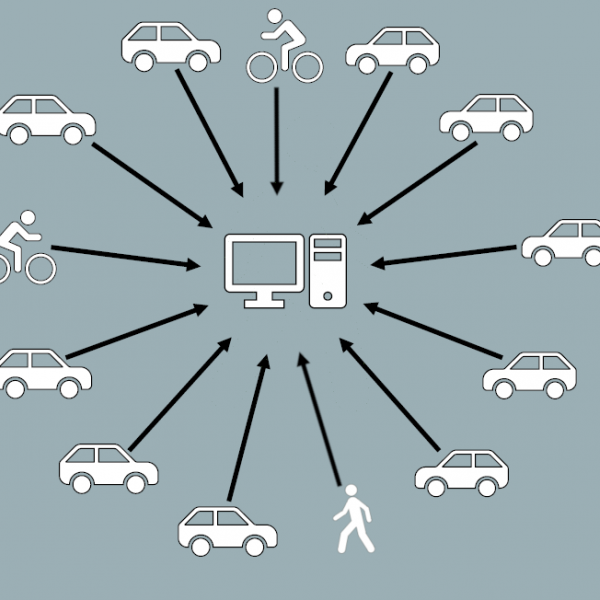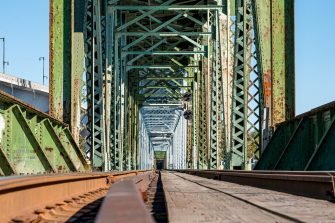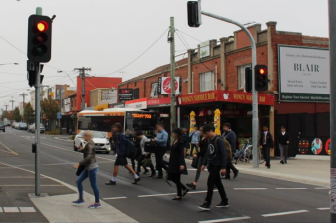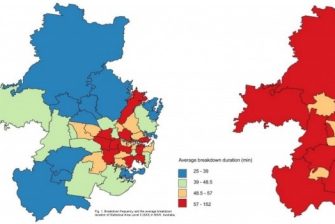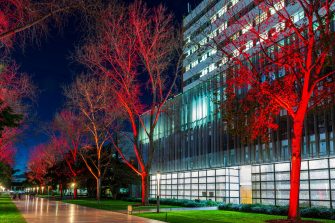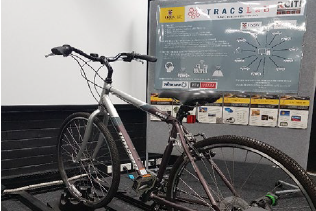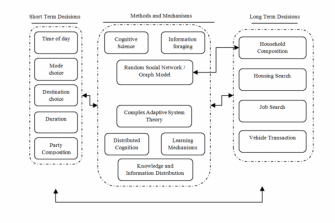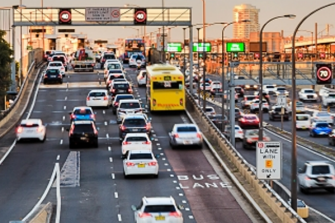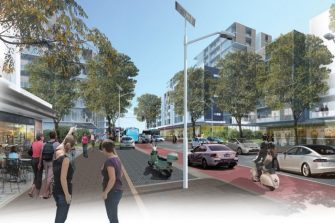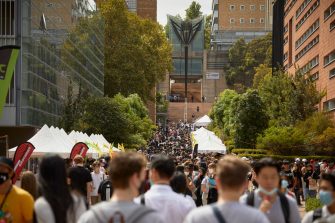Modelling Disease Spread through Global Transport Systems
rCITI Researcher: Dr Lauren Gardner
Modern transport systems bridge previously isolated geographic regions around the globe. Throughout history infected travelers have been responsible for introducing infectious diseases into new regions, with copious examples in the past decade (e.g., SARS, MERS-CoV, H1N1).
Additionally, climate change and transport have jointly resulted in vector-borne diseases such as dengue, malaria, and chikungunya becoming established in regions which were previously unsuitable habitats. The introduction of a new disease into a region challenges the local healthcare system and results in significant economic costs. Furthermore, improved network connectivity and rising traffic volumes continue to increase the risk of disease spread posed by the global transport system.
To address these challenges this research exploits the use of network optimization tools to predict and analyze the impact transport systems play in the regional and global dispersal of disease. This work represents a novel integration of multi-model transport systems, epidemiological processes and environmental data, to model both contact-based and vector-borne disease risk.
The contributions of this work include:
i) The use of real-time spatiotemporal infection data (case reports) to predict spreading patterns for ongoing outbreaks.
ii) Identifying data that would be the most valuable to collect for modeling purposes and incentivise specific data collection efforts.
iii) Quantifying disease importation risk through specific air travel routes, airports, sea ports, etc, and iv) aiding public health policy in the design of surveillance and intervention strategies.
Specific diseases that have been previously addressed in this line of research include:
- 2009 Swine Flu
- MERS-CoV
- H5N1 and H7N9 Avian Influenzas
- Dengue Fever
rCITI Researcher: Dr Lauren Gardner
L M Gardner, S Sarkar, Transportation Research Record: Journal of the Transportation Research Board, No. 2501, Transportation Research Board, Washington D.C., 2015, pp. 25-30. DOI: 10.3141/2501-04
